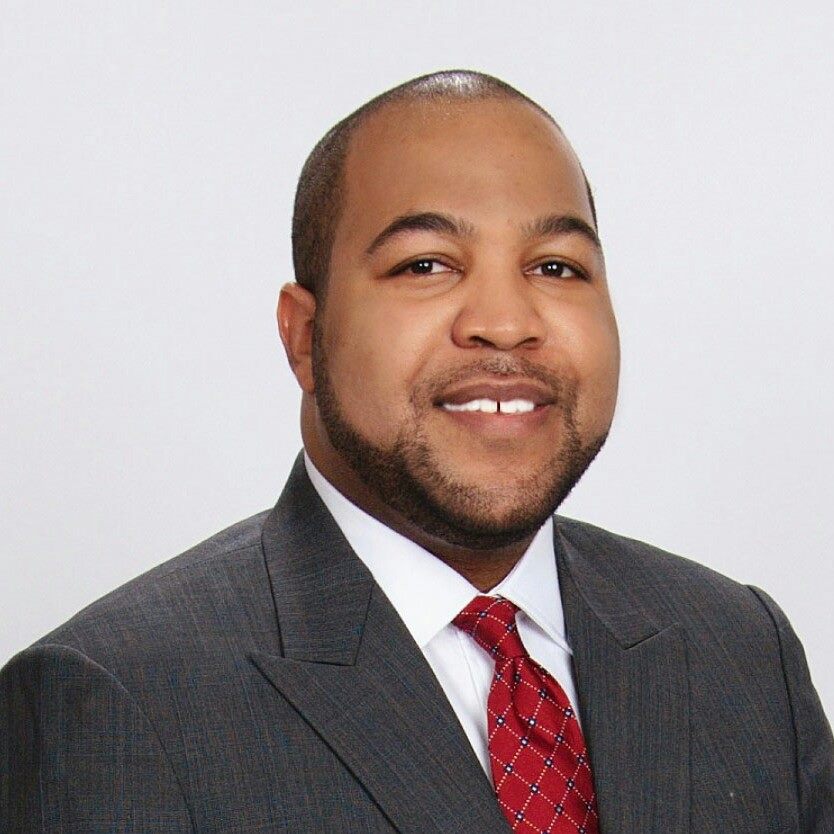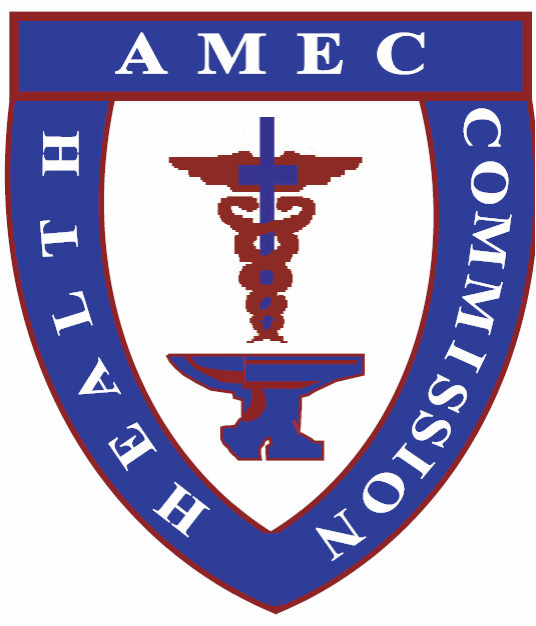On December 5-6, 2018, AMEs from across the Connection gathered at the CONVO in Atlanta, Georgia, and discussed a myriad of topics that could frame the debate and actions of the 2020 General Conference. To extend these discussions, several topics that are of importance to the denomination will be examined in editorials over the course of the year.
Positioning Ourselves for Church Growth
By John Thomas, III, Editor
Church growth is not an abstract concept with numbers. It tangibly means adding members to the Kingdom through evangelism and ministry. It requires understanding the culture of the congregation and community that a congregation serves. AME Churches must shift the question from “How do we keep up this particular congregation and its responsibilities?” to “What is the most effective way to minister to our community?” This shift means assessing ministries to see if they are still useful, identifying locations that are no longer practical, and thinking outside of what may have been comfortable for our congregations but are no longer relevant outside our four walls.
Additionally, while outreach ministries that serve the broader community are important, they are not enough for church growth. Jesus did not feed the 5,000 to show an increase in the number of conversions. He fed them because they were hungry. There are accounts where churches have full food pantries during the week and empty pews on Sunday. The need for the outreach ministry has not diminished but it also underlies the fact that turning a church into a social agency is not an assured path towards growth.
In order to grow, a congregation must be in a physical and mental place where it can grow. Just like a palm tree cannot be expected to grow in the middle of Antarctica, some of our church locations have long since passed the era where they can engage in viable ministry and outreach or their memberships are so insular that they do not wish to change. There is a difference between sending a pastor to a location that may have limited potential for numerical growth but is vibrant and needs to be served versus a congregation that is saddled with a massive building or is one to two generations from being inviable. We must honor the struggles that it took to secure properties and build edifices; yet, we now must learn when it is time to reallocate the use of certain properties and move or merge congregations. These are not abstract discussions, as many of our annual conferences are moving towards a tipping point where if proactive decisions are not made, the AME Church will be forced into action.
At CONVO 2018, keynote presenter Olu Brown said there must be a balance between church maintenance and new plants. I looked across the room at the widened eyes and heard the collective gasp when the Rev. Brown commented on the amount of money he was given to support his new church work. To this point, church planting is so important that the Discipline indicates each presiding elder district should plant a new church once a quadrennium (page 151). Do we understand what it means to plant a church?
Investing in church planting is not a foreign concept to AMEs. Several of our largest congregations today started out as humble church plants less than a generation ago funded by the Church Extension Department. Yet, supposedly to promote fiscal efficiency, the Department of Church Extension was dissolved. It is unknown if a similar program is needed today but clear guidance and funding for new church plants must be a priority across the Connection. Resources may be limited in comparison to our sister denominations but we have more available than we realize. Many of the suggestions for legislation that were addressed at CONVO are already mandates of Connectional Departments or auxiliaries. The structures exist. The issue is mindset and implementation.
Additionally, a church growth discussion must include Districts 14-20—the areas where we are broadly experiencing our largest membership increases. Is the key to their growth related to the culture of the areas or a specific phenomenon? Are there lessons that can be brought back to the United States to help Districts 1-13? Analyzing the various countries and dynamics of the more than 30 countries outside the United States where the AME Church has a presence is beyond the scope of this editorial; however, it is needed. Lessons may be learned that can help churches across the Connection.
Church growth is a concept that touches on conversations. It deals with local congregations and the need to enter a mindset for growth. It touches on the denomination’s responsibility to provide the resources and opportunities for church plants as well as guidance for closing and merging congregations. Jesus’s last commandments on this planet were not to hold an annual Pew Rally Service or burn a mortgage but to “go and make disciples.” We must ask ourselves, however, if we are serious enough about church growth to make the choices to embrace and achieve it.





